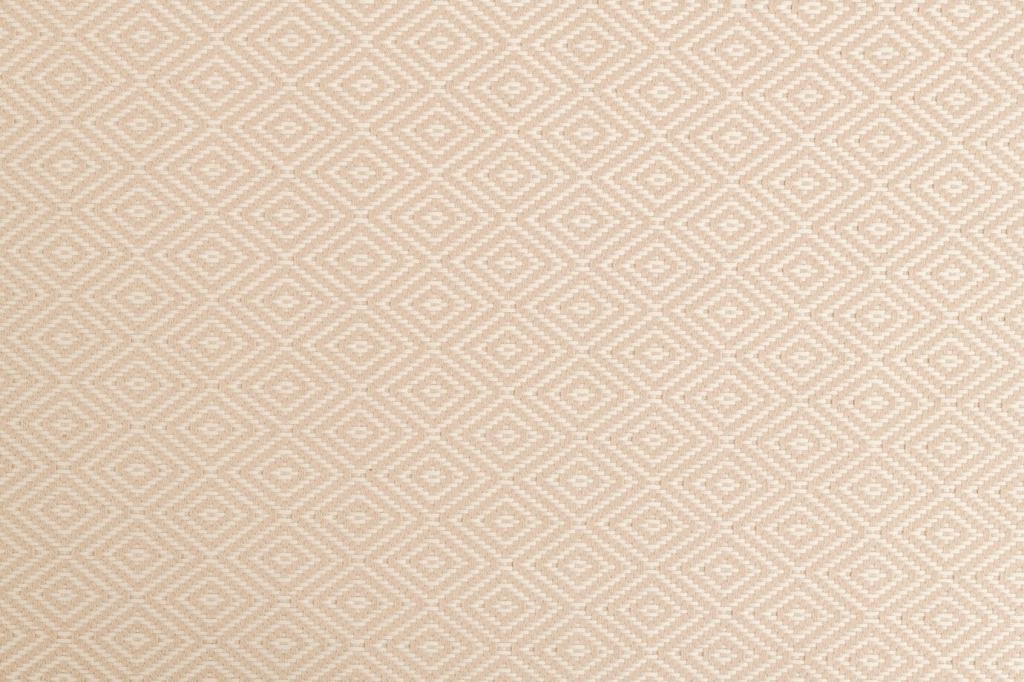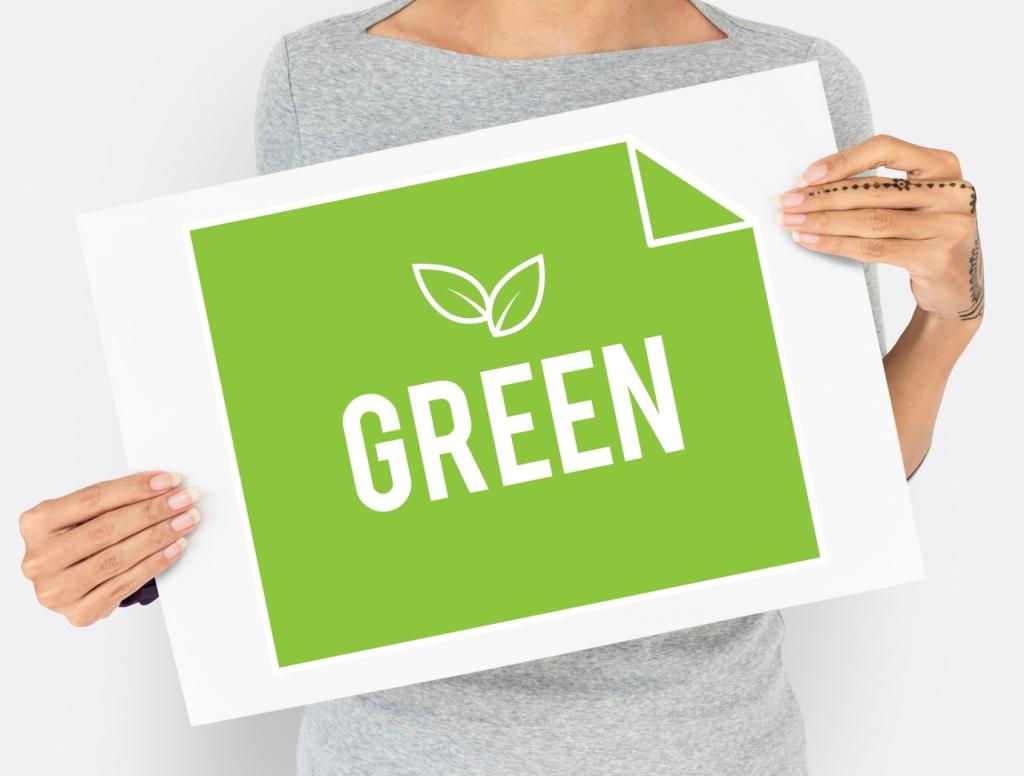Sustainable Textiles for Interior Spaces
Creating beautiful and comfortable interior spaces increasingly requires a commitment to sustainability. Sustainable textiles are at the forefront of this movement, offering designers and homeowners innovative ways to reduce environmental impact without sacrificing style, quality, or durability. These textiles are made with environmentally friendly processes, responsibly sourced materials, and often support social initiatives. The use of sustainable textiles in interior spaces contributes not only to a healthier planet but also to healthier indoor environments, providing benefits that extend to occupants’ well-being.
The Importance of Sustainability in Interior Textiles
The production of conventional textiles often involves large quantities of water, energy, and harmful chemicals. Sustainable textiles, in contrast, emphasize reduced resource consumption, minimal pollution, and longer lifecycles through durability and recyclability. By opting for these materials, the interior design industry can greatly diminish its ecological footprint, ensuring that the spaces we create today do not compromise the needs of future generations.

Materials That Define Sustainable Textiles
Organic cotton is grown without the use of synthetic pesticides or fertilizers, reducing the amount of harmful chemicals released into the soil and water. Its cultivation supports healthier ecosystems and farming communities. In interior spaces, organic cotton brings softness and breathability, making it an excellent choice for upholstery, drapery, and bedding that feels luxurious while being mindful of the planet.
Textiles made from recycled fibers, such as post-consumer polyester or reclaimed wool, offer a powerful way to divert waste from landfills and minimize resource extraction. Advanced recycling processes now enable these materials to match or even exceed the quality and performance of virgin fibers. In interior design, recycled textiles are used for rugs, curtains, and wall coverings, demonstrating that style and sustainability can effortlessly coexist.
Linen and hemp are plant-based fibers that require minimal water, pesticides, and fertilizers to grow, marking them as some of the most eco-friendly textile options available. Their natural durability and resistance to mold and UV rays make them particularly suitable for demanding interior applications. These materials provide a distinctive, organic look and feel to any space, reflecting a commitment to responsible resource use.
Bio-based and Regenerative Materials
Emerging bio-based fibers derived from agricultural byproducts, algae, or even mushroom mycelium represent the cutting edge of sustainable textile innovation. These materials decompose naturally at the end of their life cycle and can sometimes even enhance soil health when returned to the earth. Such regenerative solutions not only displace conventional resource-intensive fibers but offer new textures and applications for modern interiors.
Eco-friendly Dyeing and Finishing Techniques
Traditional dyeing and finishing processes can be enormous polluters, consuming vast amounts of water and releasing hazardous chemicals. In response, innovators are developing dyes from natural sources and waterless coloration technologies that drastically reduce pollution and resource use. These methods maintain vibrant, colorfast textiles while safeguarding environmental and human health in spaces where the textiles are applied.
Smart and Multifunctional Textiles
Sustainable textiles are increasingly being integrated with smart technologies or multifunctional properties, such as antimicrobial finishes, self-cleaning fibers, or energy-harvesting capabilities. These advancements extend the usable lifespan of textiles and reduce the need for harsh cleaning chemicals. For interior spaces, this means greater convenience, lower maintenance, and reduced environmental impact throughout the product's life.
Previous slide
Next slide

Join our mailing list
